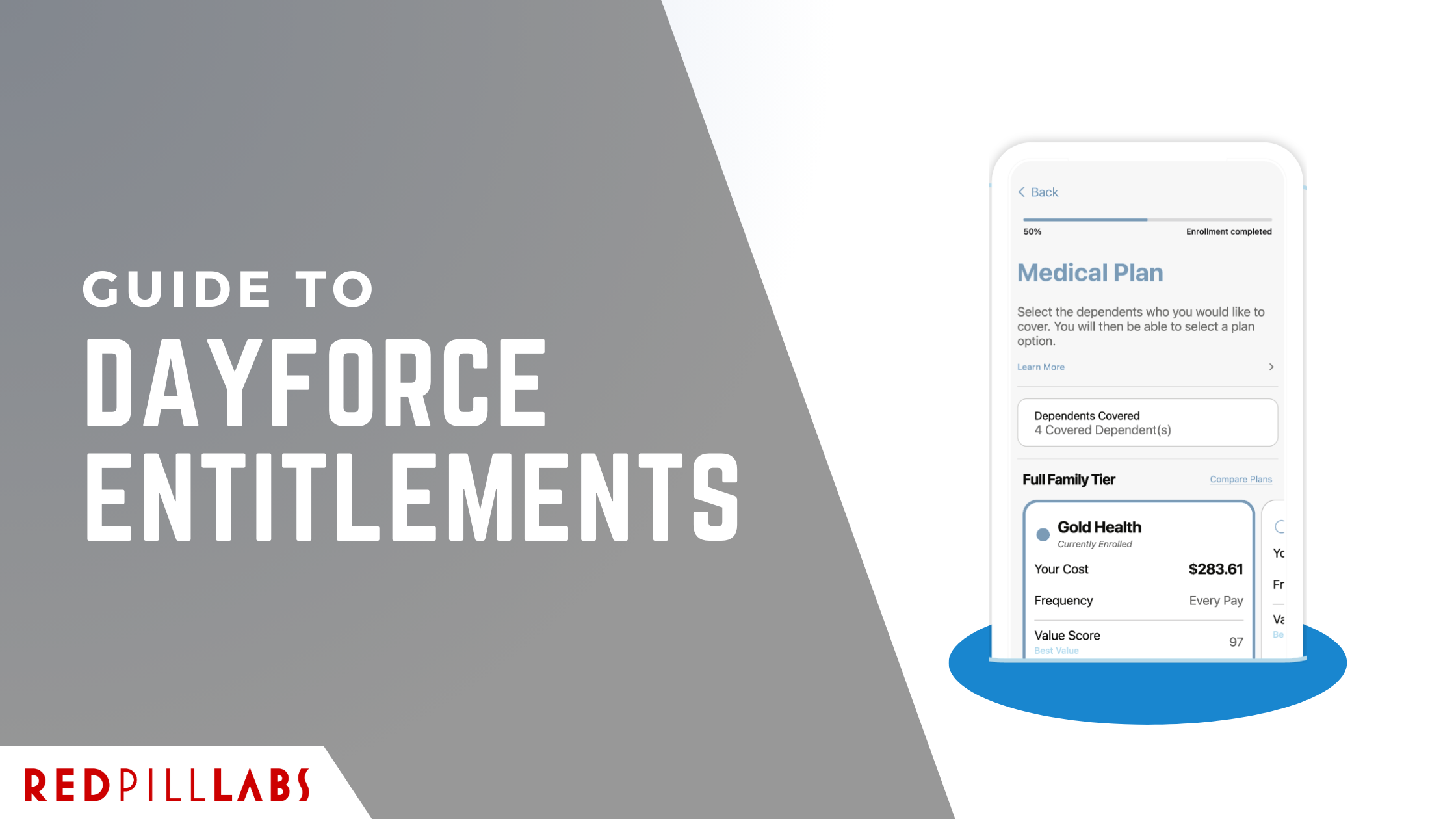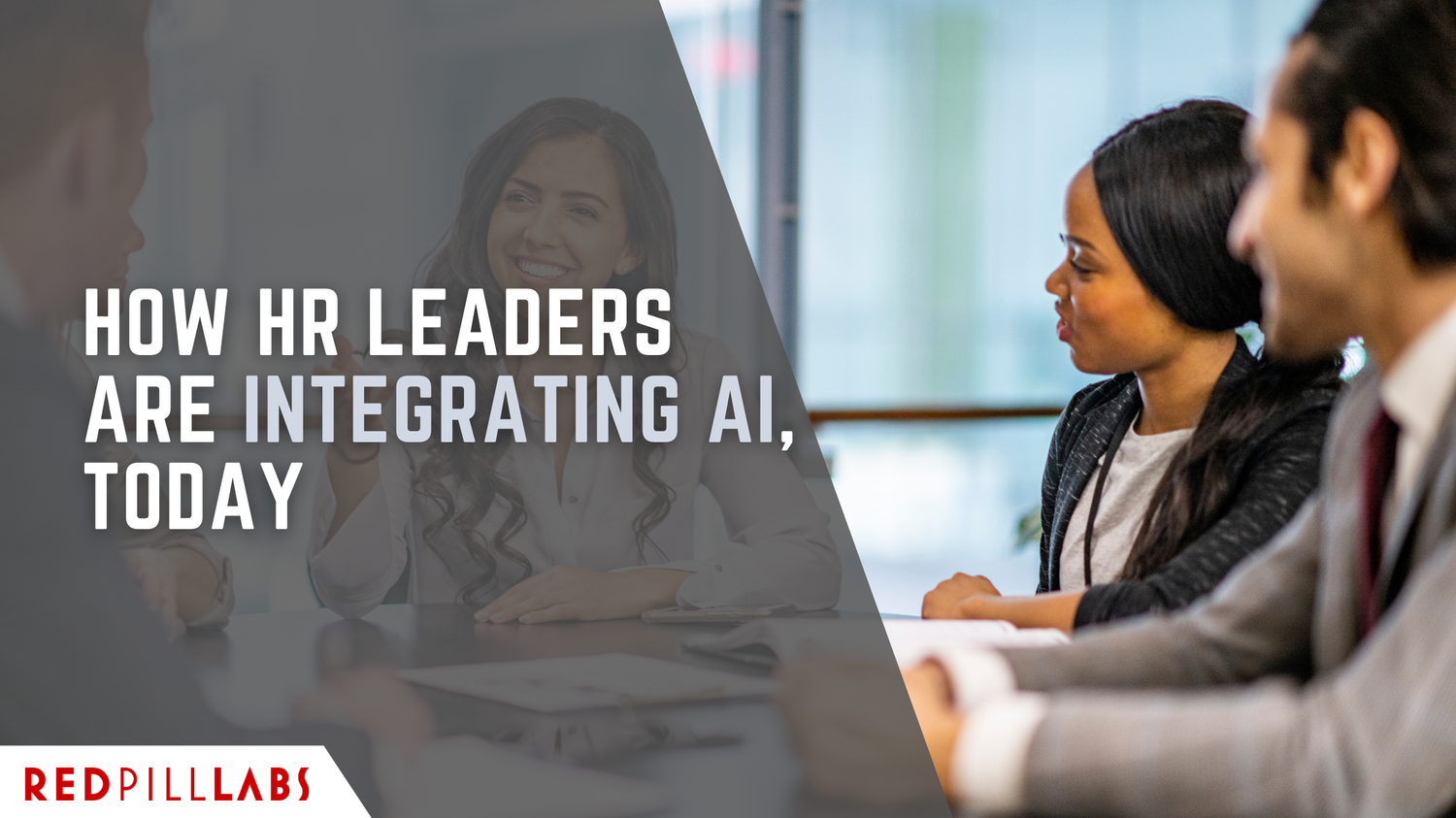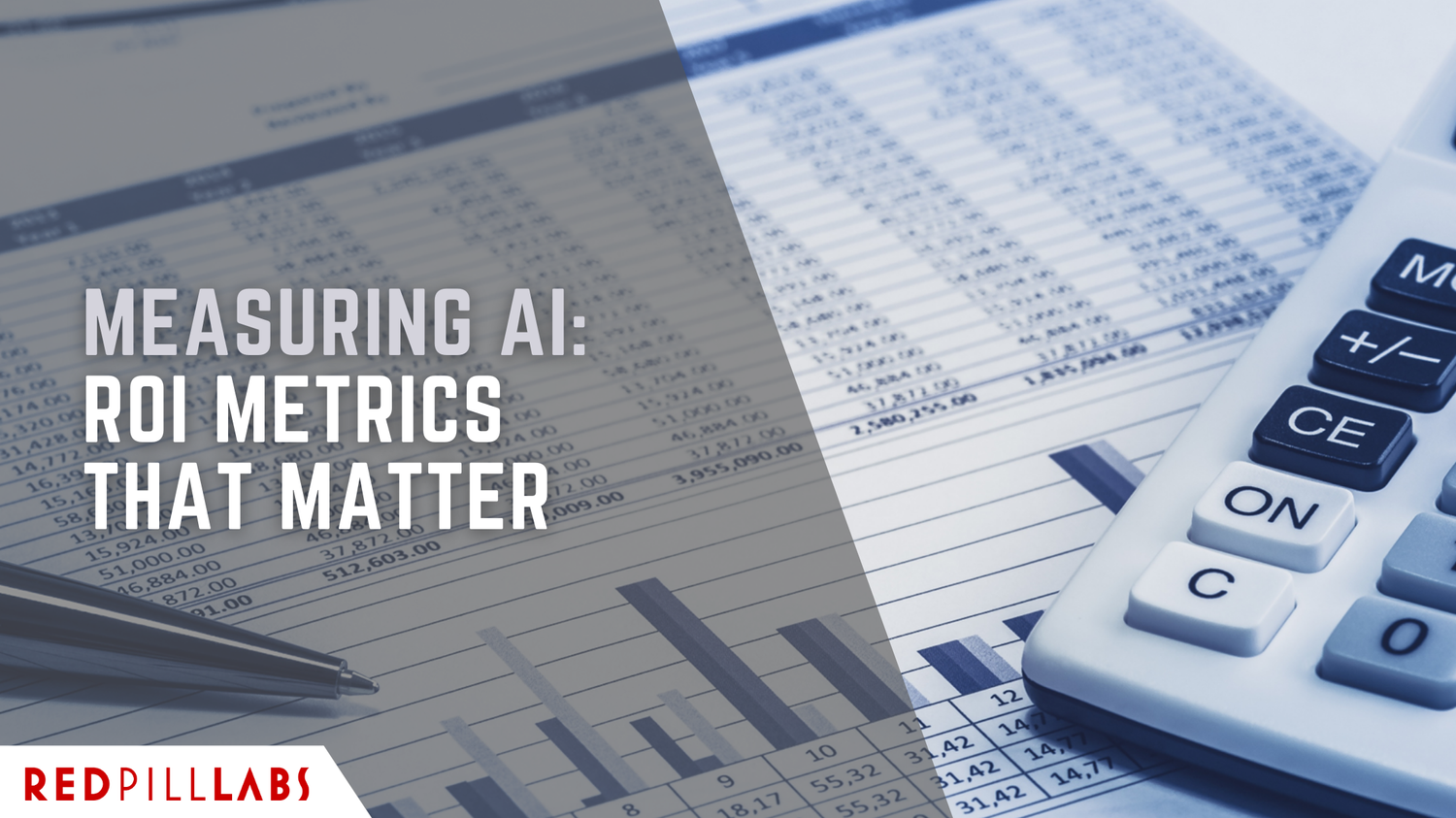The Risks of AI in HR: What Employers Must Know
blog/the-risks-of-ai-in-hr-what-employers-must-know
2025-05-30
Artificial Intelligence (AI) has rapidly transformed human resources, streamlining processes from resume screening to candidate interviews.
A 2025 HireVue report indicates that AI adoption among HR professionals surged from 58% in 2024 to 72% in 2025
However, as AI becomes more embedded in hiring practices, concerns about bias, transparency, and legal compliance have intensified.
5 Risks of AI Within the HR Landscape
1. Algorithmic Bias and Discrimination
One of the most pressing risks of using AI in HR is algorithmic bias.
AI tools are only as objective as the data they’re trained on.
If historical data contains bias (e.g., against women, minorities, or people with disabilities), the AI can replicate—and even amplify—those biases.
For example, AI recruitment software might de-prioritize candidates based on inferred characteristics, such as names that suggest a certain ethnicity, or educational backgrounds that don’t align with a historically homogenous team.
This raises serious issues around compliance with anti-discrimination laws, including:
Title VII of the Civil Rights Act (U.S.)
The Human Rights Code (Canada)
The Equality Act (UK)
Inaccurate or biased outcomes from AI can lead to discriminatory hiring practices, triggering lawsuits or formal investigations.
2. Transparency and Explainability
Many AI tools—especially those using machine learning—function as black boxes.
HR professionals and applicants alike may not understand how a decision was made or which data points were used.
This lack of transparency becomes especially problematic when:
A candidate is rejected and cannot receive a clear explanation.
An employee is flagged for low performance by a tool without justification.
Emerging laws such as New York City’s Local Law 144 require companies to audit automated employment decision tools (AEDTs) for bias and make their use transparent.
Similar laws are being proposed or enacted across the U.S., Canada, and the EU.
Failing to comply can result in regulatory penalties and brand damage.
3. Informed Consent and Data Privacy
AI in HR often relies on collecting and analyzing vast amounts of employee and candidate data—ranging from resumes and assessments to video interviews and behavioral metrics.
Employers must ensure they have:
Clear consent for collecting and processing data.
Data minimization policies, limiting use to what is strictly necessary.
Secure storage practices that meet data protection regulations (e.g., GDPR, PIPEDA, or CCPA).
Misuse or overreach can result in privacy complaints, data breaches, or violations of labor laws.
For instance, using facial recognition to analyze micro-expressions during interviews without disclosure could breach both privacy and employment regulations.
4. Legal Liability and Delegated Discrimination
Another legal risk arises when employers delegate employment decisions to AI systems but retain ultimate responsibility for those decisions.
Courts and regulators have made it clear: you can't blame the algorithm.
If an AI system unfairly screens out a protected group, the employer is liable—even if the discrimination was unintentional. In some jurisdictions, using third-party AI vendors without due diligence may be seen as negligent.
Key areas of concern include:
Lack of human oversight in high-stakes decisions.
Failure to audit vendor algorithms for fairness.
Insufficient documentation of how AI tools are evaluated or used.
5. Union and Employee Relations
Using AI to monitor productivity, attendance, or sentiment can create friction with employees—particularly in unionized environments.
Surveillance or predictive modeling of performance may be seen as intrusive or coercive, potentially violating collective agreements or labor codes.
Furthermore, decisions driven by AI—such as layoffs or demotions—can erode trust, even if they’re legally defensible.
How to Mitigate the Risks of AI in HR
Organizations must balance innovation with accountability. Here are a few proactive steps:
Conduct regular bias audits of all AI-driven tools.
Ensure human oversight of high-impact decisions.
Establish clear policies around data usage, transparency, and employee consent.
Stay up to date with local and international AI governance laws.
Engage legal counsel early when implementing new HR technologies.
Key Takeaways
AI can be a powerful ally in HR—but it’s not without pitfalls.
Legal scrutiny is rising, and so are employee expectations around fairness, privacy, and transparency.
To protect your organization and uphold ethical hiring and management practices, it’s crucial to treat AI not as a magic solution but as a tool—one that must be governed carefully.








